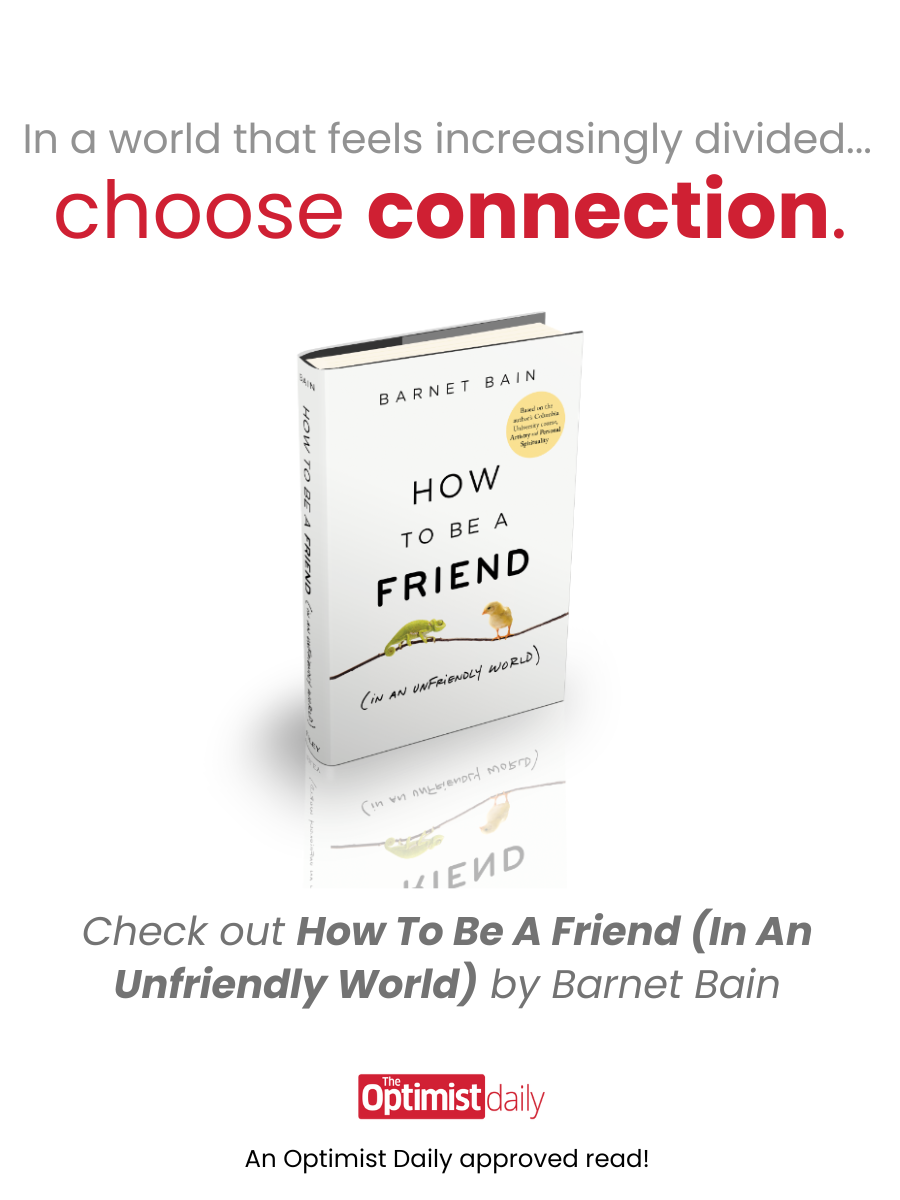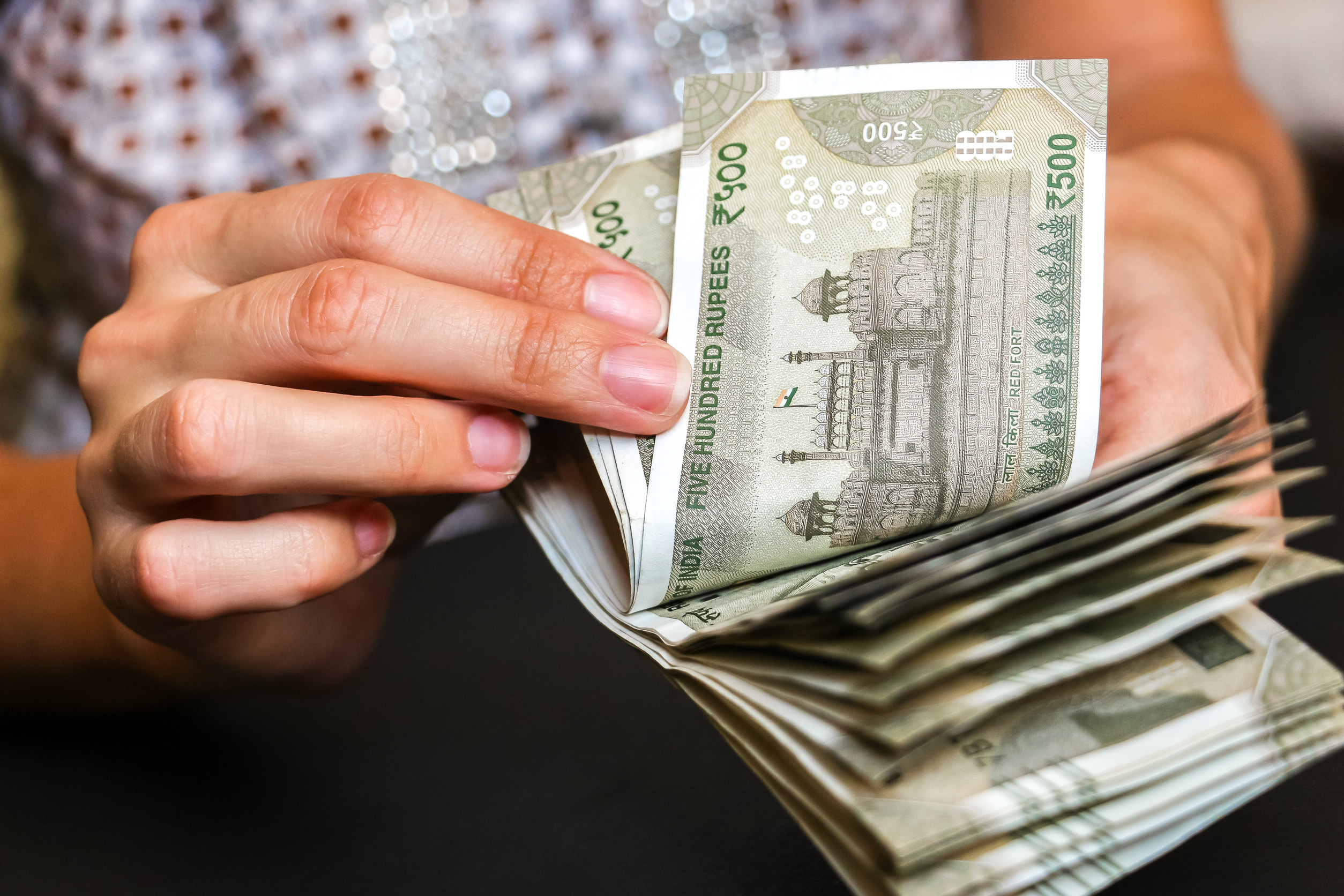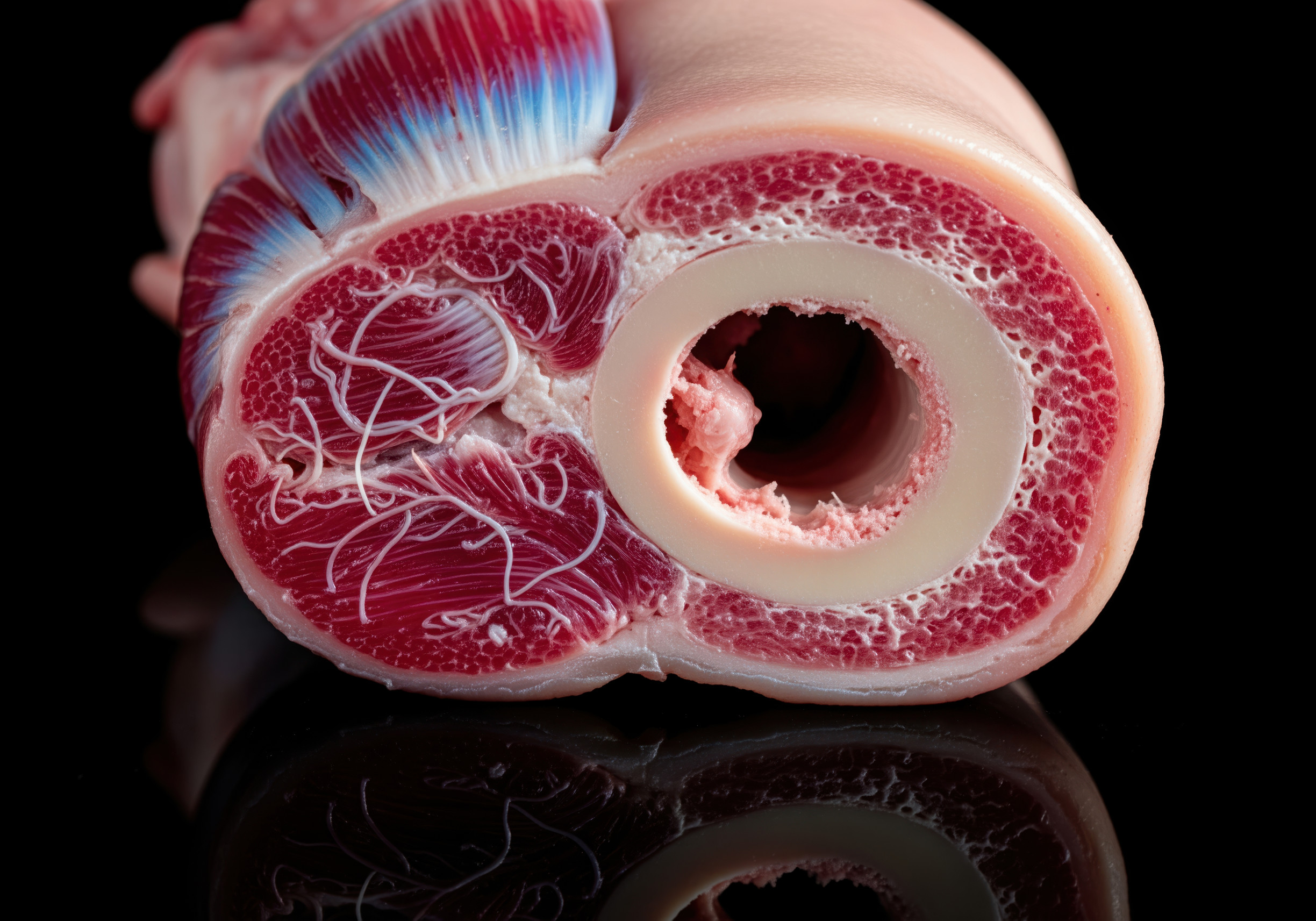Lately, medical scientists have been increasingly tapping into the potential of 3D-printing technology to develop scaffolding-like biomaterials that can help heal bone injuries. A new one is claimed to be particularly versatile, as it’s inspired by Lego building blocks.
Typically made of biocompatible polymers, so-called bioscaffolding is usually either 3D-printed in one solid piece or injected in the form of a gel that sets into a solid. Once it’s in place within a bone injury site, the adjacent bone cells migrate into the scaffolding where they reproduce following the structure’s shape, gradually replacing the polymer as it biodegrades. Eventually, all that’s left is pure, natural bone.
Led by Assoc. Prof. Luiz Bertassoni at the Oregon Health & Science University, a team of scientists have taken a different approach. They developed tiny, 3D-printed polymer blocks (aka micro cages) that can be stacked together like Lego blocks and help repair broken bones and soft tissue.
Making the implants in this fashion is considerably faster and simpler than 3D-printing them in a single custom-size piece. As Bertassoni explains, each “micro cage” can be filled with the appropriate ingredients and then placed wherever needed by stacking them together like Lego pieces.
“Consequently, this creates an instructive scaffold, where cells can be guided exactly to the location of interest. This is very important, since a huge bottleneck in the field is, for instance, to get blood vessels in the core of the regenerated tissue before more tissue can form.”
In fact, lab tests have shown that the implants made from the micro blocks stimulated about three times more blood vessel growth than traditional bioscaffolding materials.
Once developed further, the modular micro cage approach could also be used to regrow soft tissues at injury sites, and even create complete organs for transplant.











